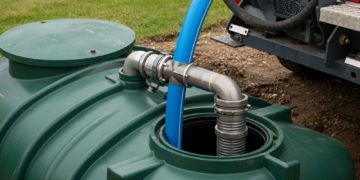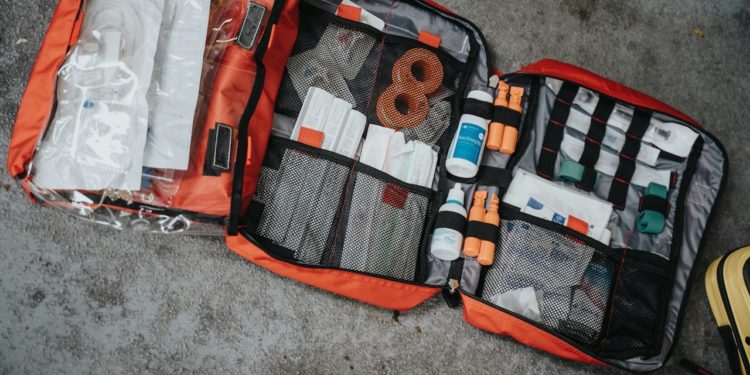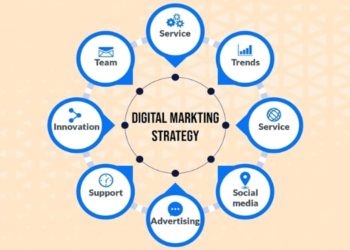First aid management is frequently underestimated for something so important. Corporate managers can often see things as box-ticking and staying on the right side of the law, but carefully considered first aid management can make employees feel safe and valued – particularly those in high-risk categories.
Therefore, first aid management isn’t about being reactive to the science and regulators, but proactive in the organisation’s commitment to employee welfare.
UK & EU first aid frameworks
The primary legislative driver in the United Kingdom is The Health and Safety (First-Aid) Regulations 1981. And yes, the old age of this legislation gives off the wrong impression, that first aid is an easy, age-old duty to fulfil.
The bulk of this regulation is to undergo a thorough needs assessment to help determine adequate equipment and qualified first aid personnel. This is different for each business and is not a one-size-fits-all prescribed mandate. A general rule, though, is that there should be at least one appointed person for first aid in every low-risk workplace, and if that company has over 25 workers, they must be trained in EFAW.
Next, the Reporting of Injuries, Diseases and Dangerous Occurrences Regulations 2013 (RIDDOR) is somewhat self-explanatory and relates to first aid, as certain workplace incidents needing first aid may also be reportable.
Finally, safety managers should stay up to date with the Health and Safety Executive’s (HSE) guidance Approved Code of Practice, L74, as this provides practical advice on compliance.
What every workplace needs
A compliant first aid container, as a minimum, should align with HSE guidance. Fundamental contents include:
- Individually wrapped sterile plasters of different sizes.
- Sterile eye pads.
- Triangular bandages, sterile where available.
- Safety pins.
- Medium and large sterile unmedicated wound dressings.
- Disposable gloves.
Safety in the workplace with Seton is improved by having clear signage to first aid stations, because they’re useless if employees do not know where they are.
Medication should not be included in workplace first aid kits, but monitoring of expiry dates and prompt replacement of used items is needed, hence the importance of assigning somebody responsible for maintaining kit integrity.
A thorough risk assessment will help dictate the necessity for specialist equipment. Automated External Defibrillators (AEDs) are increasingly used, particularly in larger or high-occupancy sites. These are the kinds of measures that, even if not required in your instance, can fill employees with confidence.
For environments with chemical splash or particulate matter hazards, plumbed or disposable eye wash stations are required. Specialist burn dressings or kits are indicated for areas with thermal or chemical burn risks. But again, these high risk areas should have the appropriate warning signage at eye-level, in the correct colour, and a clear font.
Manufacturing sites will require more extensive provisions than standard offices, and may require more first aid personnel.
Empowering your people and protecting your business
The number and type of first aid personnel aren’t only determined by the workplace risk assessment and workforce size, but also the shift patterns, site dispersion and, of course, the nature of work.
Designations include:
- First Aiders holding a First Aid at Work (FAW) certificate
- Emergency First Aiders at Work (EFAW)
- Appointed Persons to manage first aid arrangements.
Training needs to be delivered by competent providers with regulated qualifications. The HSE strongly recommends annual refresher training for FAW/EFAW so that the qualified personnel can maintain their skill competency. Requalification is typically every three years, at a bare minimum.
Meticulous record-keeping is the final piece of the puzzle, not only for an audit trail, but to ensure nothing is overlooked. This means having a register of all trained first aiders and their qualification types, along with the certificate expiry dates and digital reminders for this. A detailed first aid treatment logbook is mandatory for recording all incidents and the nature of injuries, or any treatment administered.
Digital tracking and a case for success
As touched on regarding reminders, digital reminders can serve as a useful reminder to ensure certificates do not expire. Specialised software or apps not only offer automated alerts for certificates and registration, but also for kit content expiry dates and low stock levels. These systems help centralise oversight into one place, preventing human error, particularly for multi-site operations, which are otherwise hard to standardise and juggle.
West Fraser is a good example of where first aid preparedness pays off. When an employee suffered a cardiac arrest, the quick response from trained staff saved their life. One worker began CPR immediately, and at the same time, another fetched an on-site AED, showing how a synchronised and well-prepared response can keep the workforce safe.
Your action plan for reliable first aid management
Effective first aid management is an ongoing process that requires a lot of diligent assessment, training, and managing assets. With continuous review, not only are employees kept safe, but also feel safe and valued.
Downloadable Resource: HSE’s basic advice on workplace first aid.











































































